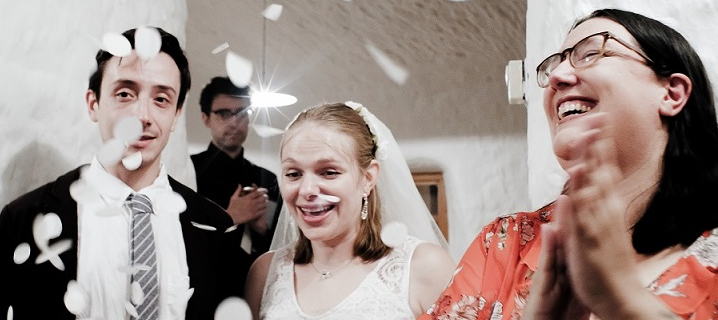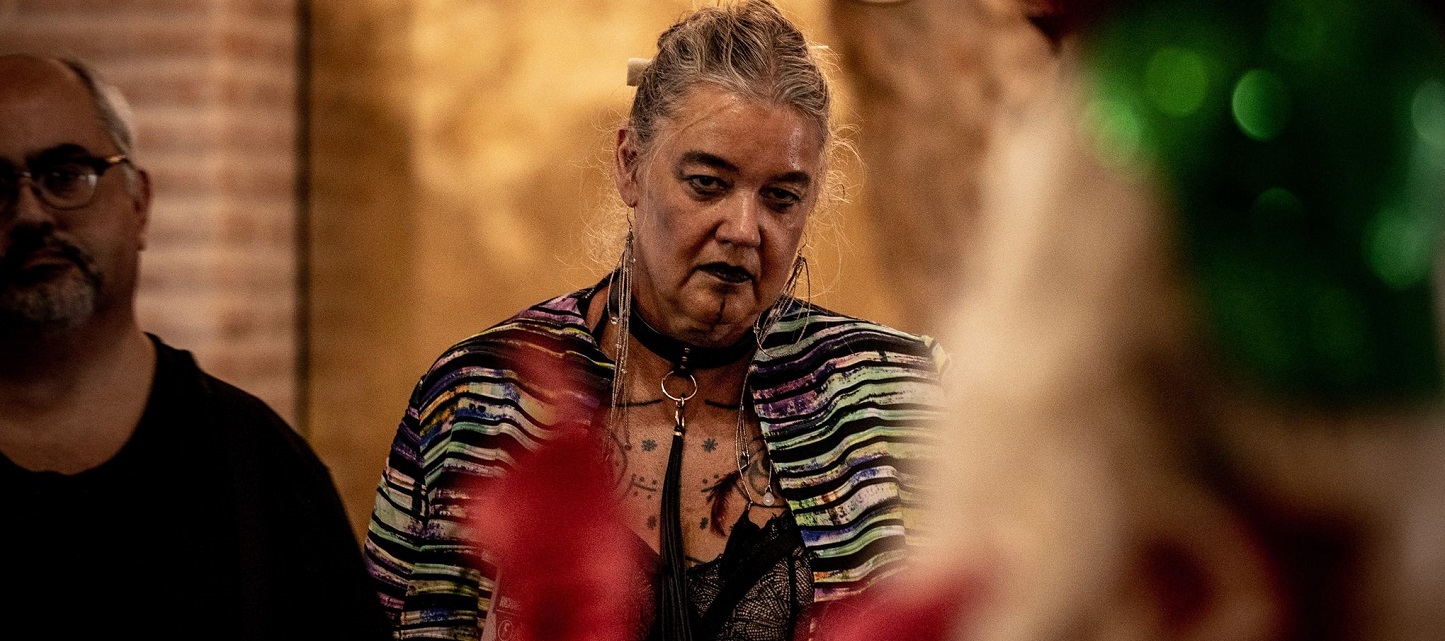Tag: Desaparecidos
-

Through Someone Else’s Eyes: A Confession
As an in-game larp photographer, it is indeed possible and maybe sometimes even desirable to let your character take over.
-

A Ramble in Five Scenes
in
How age, life experience, and the knowledge you have achieved become part of your larp.